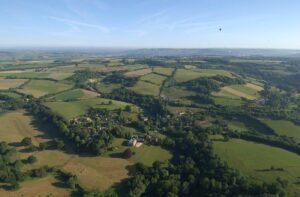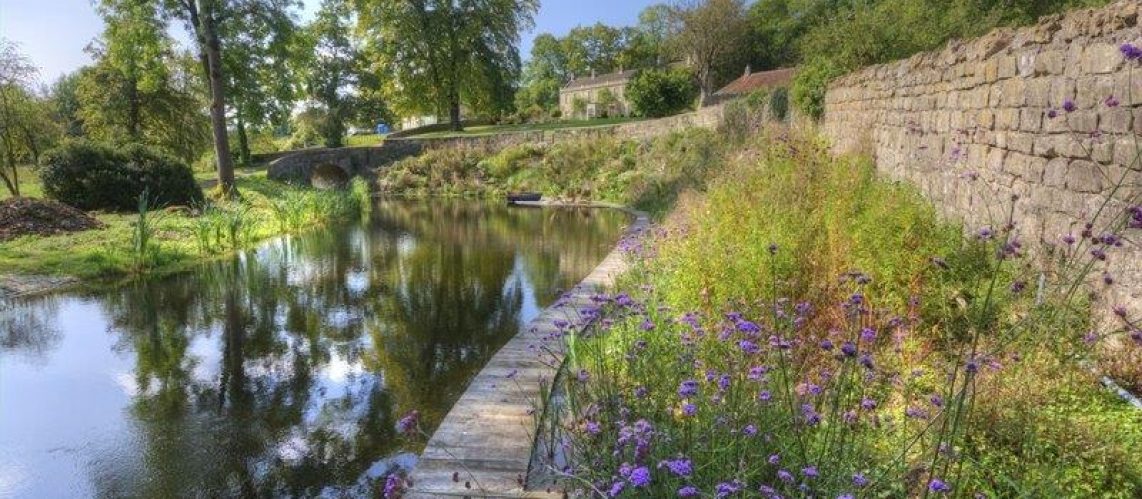Please note that following the Parliamentary Boundary Review, Combe Hay Parish Council Parish is now in the Frome and East Somerset Constituency, and Somerset Council is responsible for the administration of the election in this constituency.
The next Parish Council Meeting will be held on Thursday 8th January 2026 at 7.00 p.m. in Combe Hay Church.
 The Parish of Combe Hay lies south of Bath and encompasses the steep Cam Valley with its attractive beech woods.
The Parish of Combe Hay lies south of Bath and encompasses the steep Cam Valley with its attractive beech woods.
The village of Combe Hay (population 150) sits in the south-east of the parish. The village includes a church with a 15th-century tower, the Georgian Combe Hay Manor and Georgian former rectory. It is bordered by the Cam Brook.
Combe Hay is the site of a series of locks on the former Somerset Coal Canal, dating from 1805. Here can be found the remains of one of the very few Caisson locks ever built. Many of the locks and associated workings are listed buildings. Combe Hay was also formerly served by the Camerton and Limpley Stoke Railway.
For nearly a hundred years until 1980 there were Fuller’s earth mines in the parish.
Combe Hay Church is used both for religious services and as a meeting place for village activities, including the community library. The Parish Council, which has seven members, normally meets here on the second Thursday of alternate months. Additional meetings are sometimes held to meet planning consultation deadlines.
Combe Hay Parish Council has responsibility for local issues including setting an annual precept (local rate) to cover the council’s operating costs and producing annual accounts for public scrutiny. The Parish Council evaluates local planning applications and makes recommendations to Bath & North East Somerset Council (B&NES). It works with the local police and B&NES on matters of crime, security and traffic. The Parish Council’s role also includes initiating projects for the maintenance and repair of parish facilities as well as consulting with B&NES on the maintenance, repair and improvement of highways, drainage, footpaths, public transport and street cleaning. Conservation matters (including trees and listed buildings) and environmental issues are also of interest to the council.
